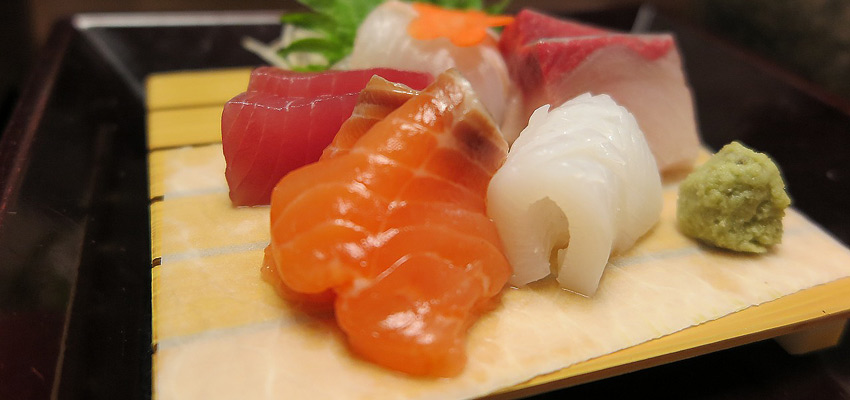The spicy green seasoning paste made from grated Japanese horseradish is a must for every sushi and sashimi bite.
But real wasabi is difficult to grow and therefore very expensive. That's why only traces of real wasabi are found in inexpensive seasoning pastes, if at all. Often, the product consists only of ordinary horseradish or mustard and has been coloured with vegetable chlorophyll, for example. If this is correctly indicated on the packaging, there is of course no consumer deception. But in many cases this information is missing and then this means a violation of the European Food Labelling Regulation.
The laboratory team led by Anja Palisch at AGROLAB LUFA succeeds in proving such fraudulent attempts with the help of a molecular-biological test procedure developed in-house and now officially accredited. This involves extracting the plant DNA from the sample and qualitatively detecting the wasabi DNA using a specific real-time duplex PCR method. The sensitive PCR system can reliably detect wasabi even in food samples in processed form. The internal control also reliably excludes false-negative results.
YOUR PLUS: We develop specific PCR detection systems adapted to the needs of our customers for use as routine tests to detect potential adulterations of raw materials or in processed foods inexpensively and efficiently.
Autor: Frank Mörsberger

 Contact
Contact

 Contact
Contact Career
Career